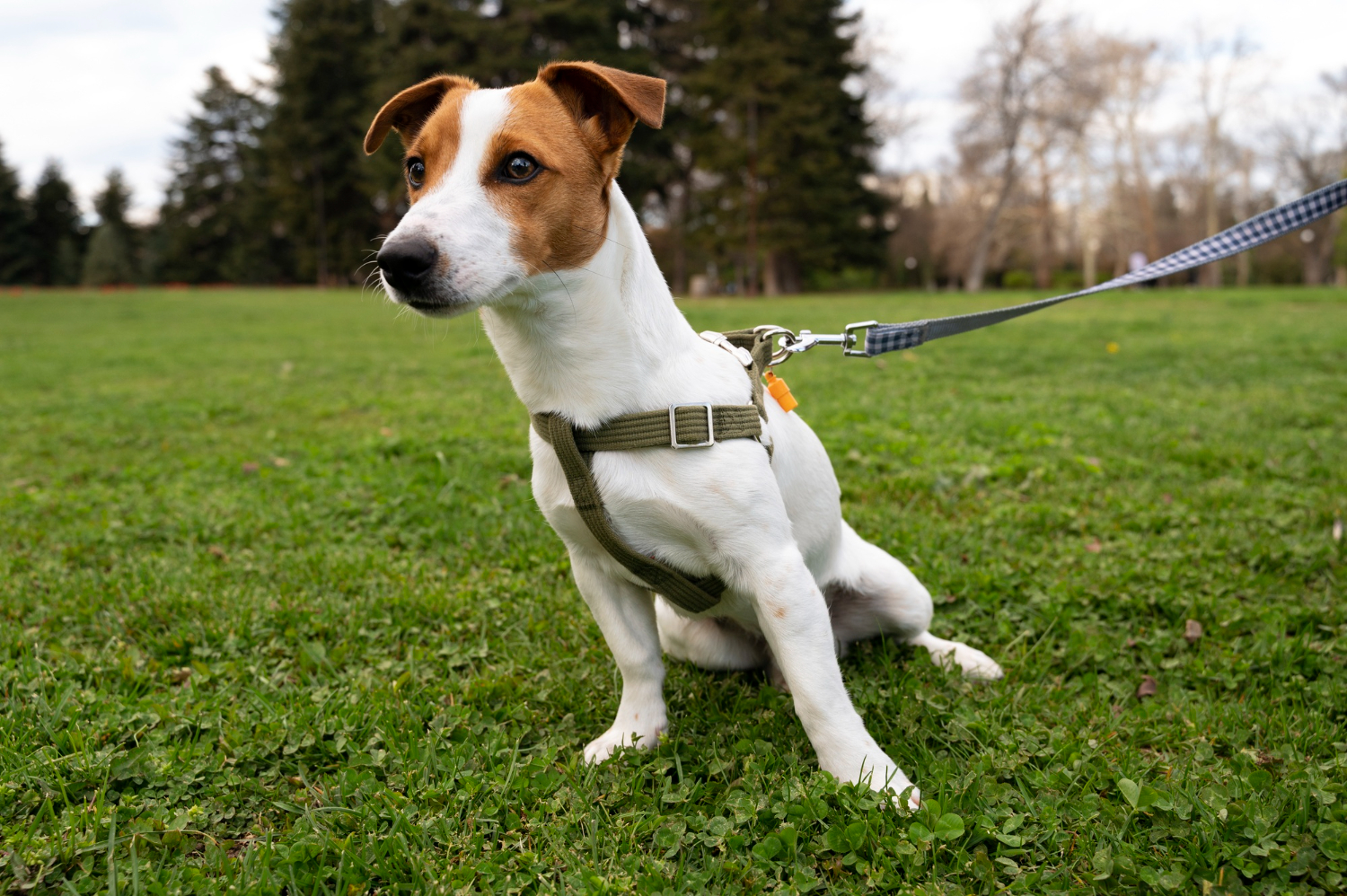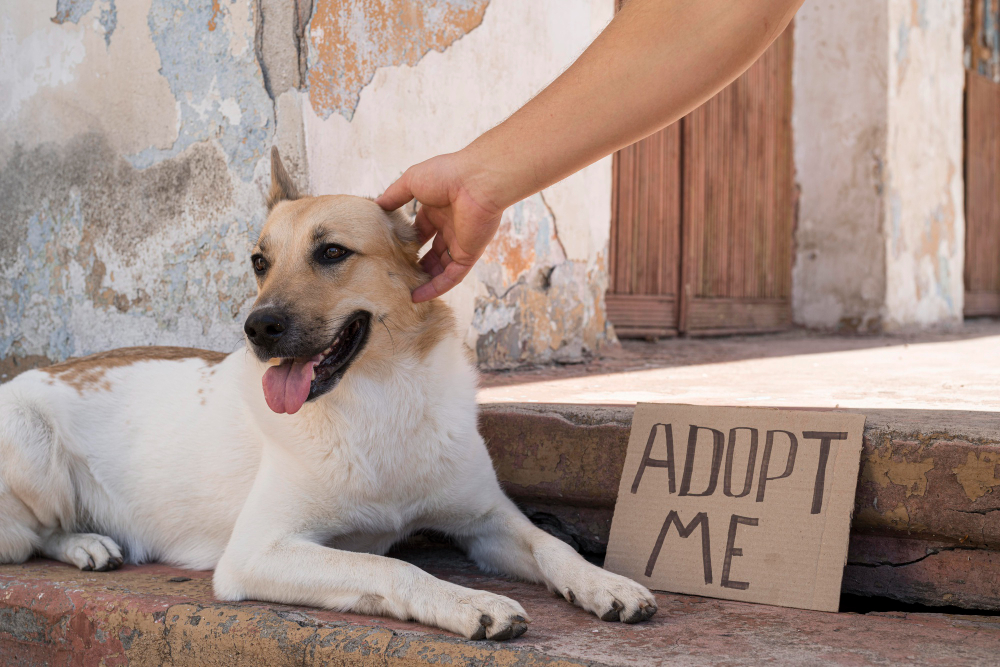Introduction
A well-fitting harness is an invaluable tool for walking, training, and keeping your furry friend safe. Ensuring that your dog’s harness fits correctly is essential for their comfort and to prevent any discomfort or chafing. In this guide, we’ll walk you through the simple steps to measure your dog for a harness, helping you find the ideal fit for your canine companion.
Step 1: Gather Supplies
Before you begin, gather a soft measuring tape, a notepad, and a pen. Having these tools handy will make the measuring process smooth and accurate.
Step 2: Measure the Girth
The girth measurement is crucial for finding the right harness size. This measurement goes around the widest part of your dog’s chest, just behind their front legs. Here’s how to do it:
- Have your dog stand in a relaxed position.
- Place the measuring tape around the chest, right behind the front legs.
- Make sure the tape is snug but not tight. You should be able to comfortably slide a finger between the tape and your dog’s fur.
- Take the measurement and note it down in inches or centimeters.
Step 3: Measure the Neck
For harnesses that have a neck strap, it’s important to measure your dog’s neck circumference. Follow these steps:
- Place the measuring tape around the base of your dog’s neck, where a collar would sit.
- Ensure that the tape is snug but not constricting.
- Record the measurement in inches or centimeters.
Step 4: Check the Breed Recommendations
Different breeds have varying body shapes and proportions, so it’s helpful to check the harness sizing recommendations provided by the manufacturer. Some harnesses might be better suited for certain breeds, while others are designed for more universal fits.
Step 5: Refer to the Sizing Chart
Using the measurements you’ve taken, refer to the sizing chart provided by the harness manufacturer. Match your dog’s measurements to the appropriate size on the chart. If your dog’s measurements fall between sizes, it’s usually recommended to choose the larger size to ensure a comfortable fit.
Step 6: Try It On
Once you’ve chosen the right size based on the measurements and sizing chart, it’s time to try the harness on your dog. Ensure that all straps are properly adjusted and secure. The harness should fit snugly but not too tight. You should be able to slide a finger under the straps without it being too loose.
Final Tips
- Check the Fit Regularly: As your dog grows or if they gain or lose weight, their harness size might change. It’s a good practice to regularly check the fit of the harness to ensure ongoing comfort.
- Observe Your Dog: Watch your dog for any signs of discomfort, rubbing, or chafing. Adjust the harness as needed to prevent any issues.
- Consult the Manufacturer: If you’re unsure about sizing or fitting, don’t hesitate to reach out to the manufacturer’s customer service for guidance. They can provide expert advice based on the specific harness model.
Summary
Measuring your dog for a harness is a simple yet crucial process to ensure their comfort and safety. By taking accurate measurements of your dog’s girth and neck and referring to the manufacturer’s sizing chart, you can find the perfect harness that allows your furry friend to walk, play, and explore with ease and comfort. A well-fitted harness is an investment in your dog’s well-being, making walks and adventures a joy for both of you.
Example Dog Harness Product:



